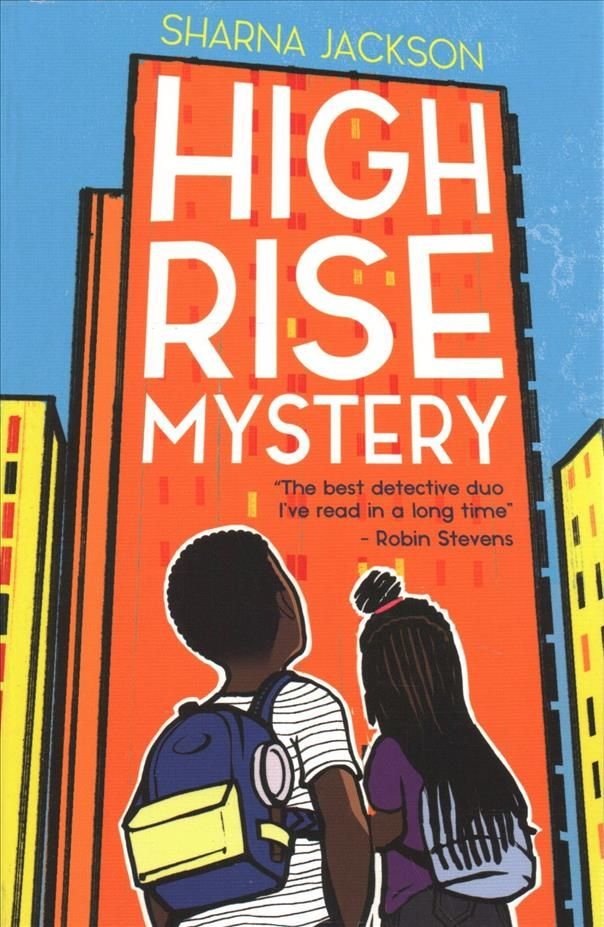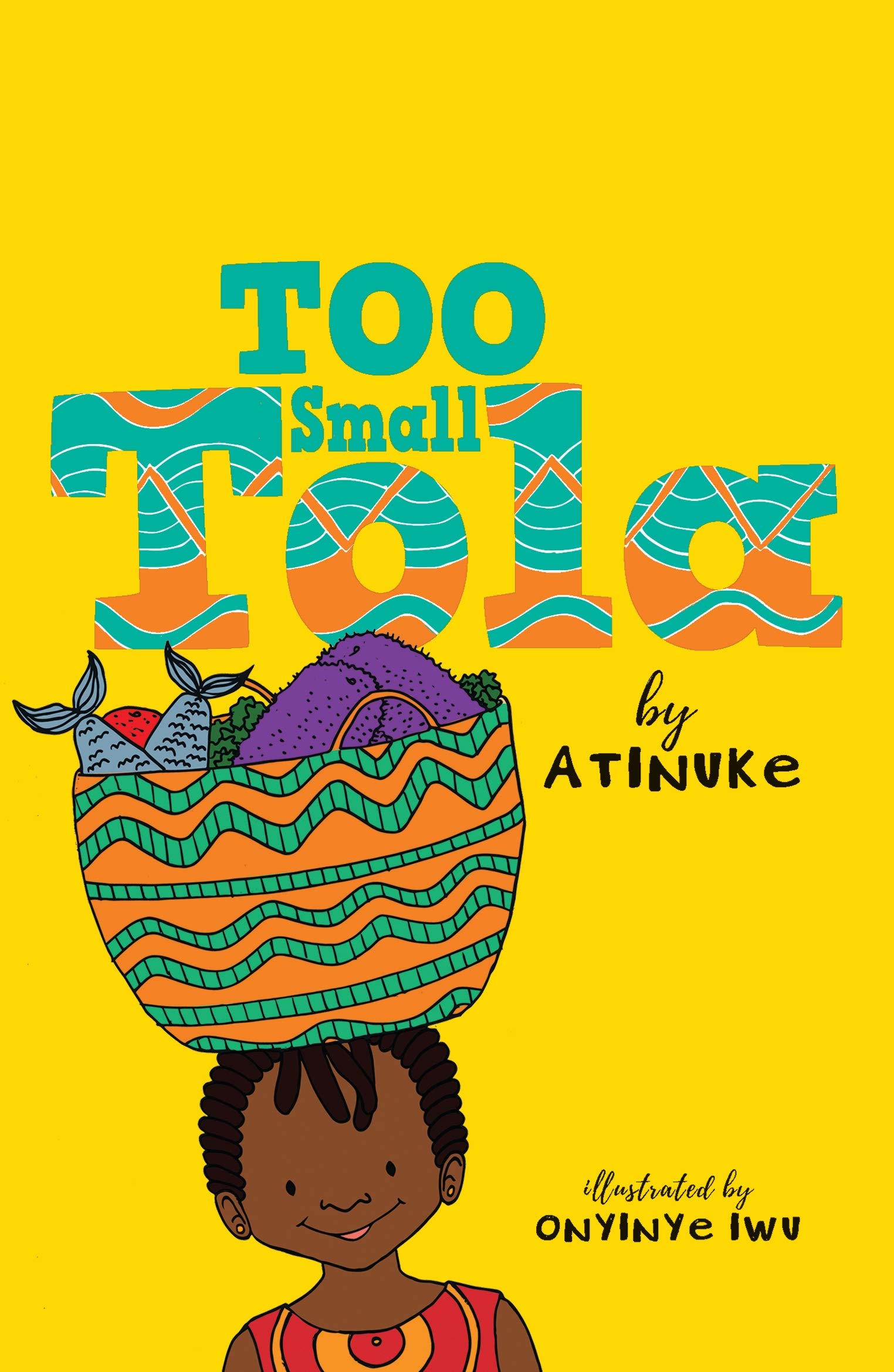Review: High Rise Mystery by Sharna Jackson
But as the intricate dialogue-driven twists and turns become pacier, at times you lose a sense of the plot—more narrative may have provided extra processing time. And despite the widely-spaced text and fun graphical inserts from the girls' detailed case file, at over 350 pages the book might be too demanding for some year 6 readers. So many areas are explored: love and anger, generosity and greed, friendships and family relationships. As murder and death are significant themes, you'll need to check the maturity levels of readers to ensure suitability.
If this text is appropriate for your children, it could be used to inspire creative writing, for example, police or newspaper reports, persuasive letters from Serena's extortionists, or from Nic and Norva complaining to the police chief. Children might also enjoy hot-seating characters, scripting and performing their own dramatic dialogue, or filming prepared news reports (computing/drama). They could also create detailed drawings of the urban high-rise setting (art and design).
High Rise Mystery is a thrilling page-turner that forces you to dive into the girls' adventure-filled world and not come up for air until they're done! As well as this, it shines a light on modern-day council estates—and the good and bad surprises that might be waiting around block corners. If this first novel is anything to go by, the sequel is bound to be a corker!
|
Genre |
Mystery: crime/detective
fiction |
|
Child-led interests (EYFS) |
N/A |
|
Age group (EYFS, KS1, KS2) |
KS2 (year 6 only) |
|
Curriculum links/topics
(EYFS/NC) |
English: Spoken language (Y1-6) - · give well-structured descriptions,
explanations and narratives for different purposes, including for expressing
feelings · use spoken language to develop
understanding · participate in discussions,
presentations, performances, role play/improvisations and debates · gain, maintain and monitor the
interest of the listener(s) · consider and evaluate different
viewpoints, attending to and building on the contributions of others · select and use appropriate
registers for effective communication Reading comprehension
(Y6) - · increasing their familiarity with a
wide range of books, including myths, legends and traditional stories, modern
fiction, fiction from our literary heritage, and books from other cultures
and tradition · preparing poems and plays to read
aloud and to perform, showing understanding through intonation, tone and
volume so that the meaning is clear to an audience · checking that the book makes sense
to them, discussing their understanding and exploring the meaning of words in
context · asking questions to improve their
understanding · drawing inferences such as
inferring characters’ feelings, thoughts and motives from their actions, and
justifying inferences with evidence · predicting what might happen from
details stated and implied · summarising the main ideas drawn
from more than 1 paragraph, identifying key details that support the main
ideas · identifying how language, structure
and presentation contribute to meaning · participate in discussions about
books that are read to them and those they can read for themselves, building
on their own and others’ ideas and challenging views courteously Computing - select, use and combine a variety of software (including internet services) on a range of digital devices to design and create a range of programs, systems and content that accomplish given goals, including collecting, analysing, evaluating and presenting data and information Art and design - to create sketch books to record their observations and use them to review and revisit ideas; to improve their mastery of art and design techniques, including drawing, painting and sculpture with a range of materials [for example, pencil, charcoal, paint, clay] |
|
Suitability |
whole-class, school/class
library, home reader |
|
General features |
chronological
structure with flashbacks and cliff-hangers to add suspense; informal
dialogue; familiar setting but something unusual has happened; drip-feeding
of factual/clues; layering of info; use of questions to intensify the mystery
(What about his limp?/ Oh my god, who’s that?); omission of names/use of
pronouns to add mystery (The door to the hub swung open. The smell of diesel
filled the room./ Someone was leaning against the wall…); mysterious language
(wrong, odd, strange) |




Comments
Post a Comment